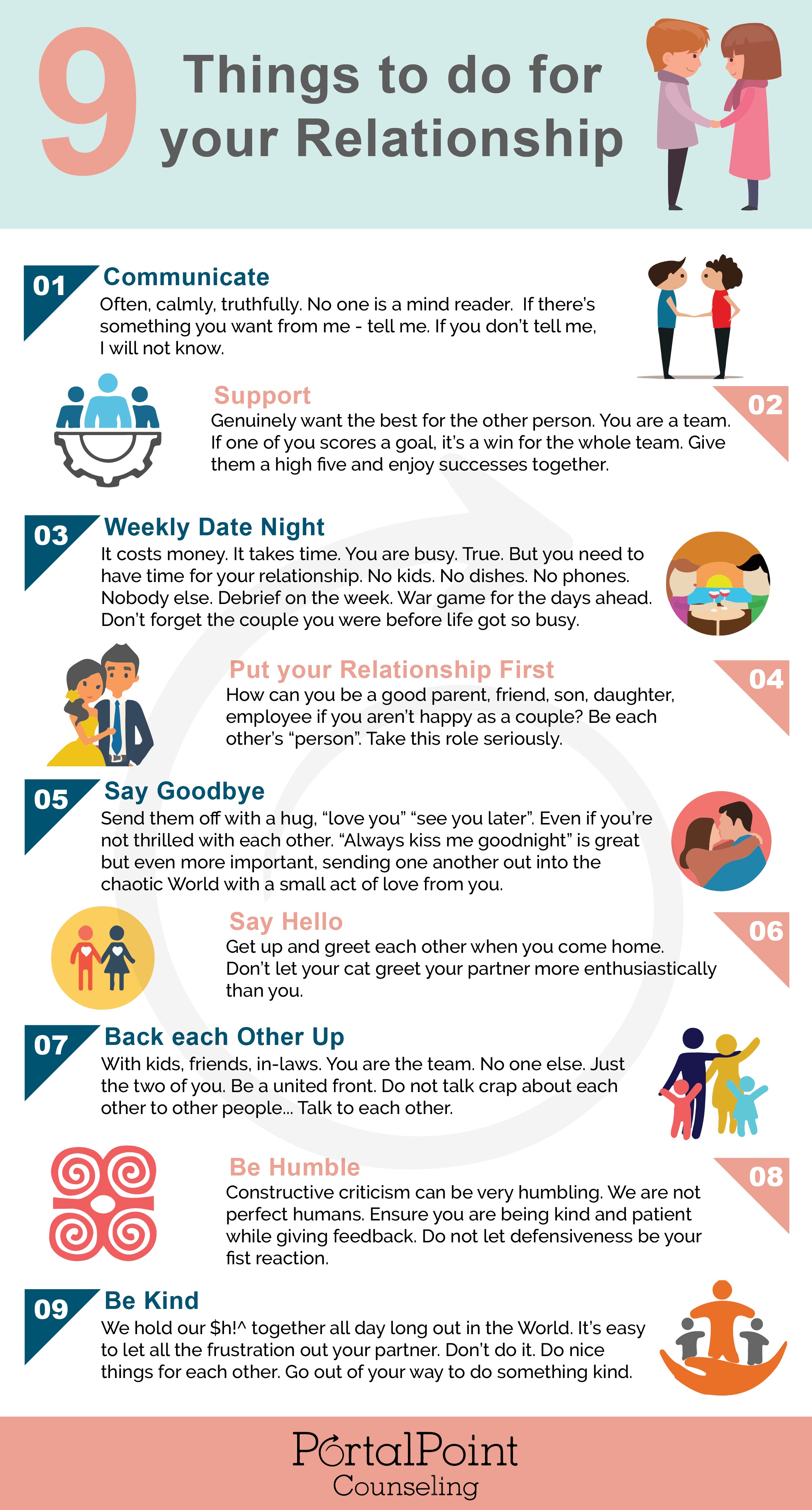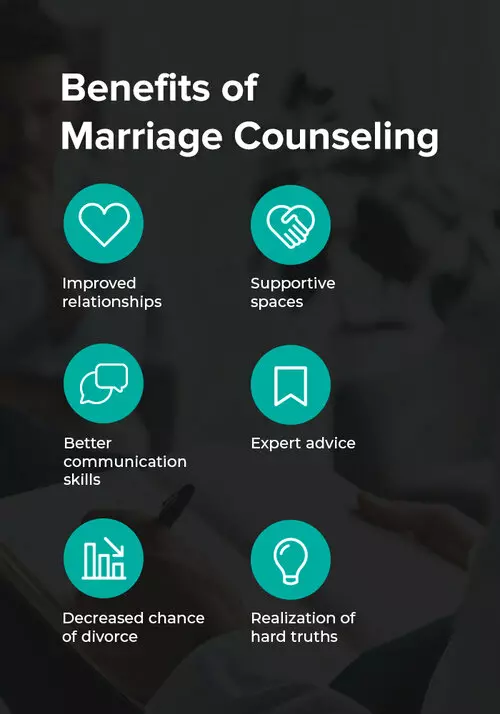The Best Guide To Aim Point Counseling
The Best Guide To Aim Point Counseling
Blog Article
Aim Point Counseling Things To Know Before You Get This
Table of ContentsThe Greatest Guide To Aim Point CounselingGetting The Aim Point Counseling To WorkFacts About Aim Point Counseling UncoveredNot known Details About Aim Point Counseling What Does Aim Point Counseling Mean?The Greatest Guide To Aim Point Counseling
The longitudinal design involves a pre-treatment study and two follow-up surveys at 3- and 12-months post-intervention. The study is embeded in eight Relationships Australia Victoria centres, across municipal, outer suburban areas, and regional/rural sites. Relationships Australia, a non-government organisation, is the biggest provider of pair counselling and connection solutions in Australia.
These high rates of partnership malfunction have been constantly associated with negative wellness effects for both grownups and kids complying with divorce/separation.
The 5-Second Trick For Aim Point Counseling
The effects of divorce and splitting up can be harmful, research study suggests that high relationship dissonance in intact couples is also most likely to have negative outcomes.
Study to date has actually determined both pair and specific variables that might add to partnership discord. These consist of connection fulfillment and commitment at the couple degree, and clinical depression at the private level.
The 7-Minute Rule for Aim Point Counseling
Connection contentment has been the most usual end result variable determined in even more than 200 examinations of pair coaching [11,12] Researches have actually discovered considerable enhancements in relationship satisfaction from pre- to post-treatment [13,14] and over the program of one to two years complying with therapy [15] In these studies, connection contentment was most often examined utilizing the Dyadic Modification Range (DAS) [16] While many researches indicate improvements in relationship contentment adhering to couple counselling, they are restricted by the samples and steps made use of, greatly temporary follow-up time structures, and analyses that do not account for the dyadic nature of couple information - male counselor. Partnership commitment, based on procedures such as the Dedication Supply (CI) [19], is another typically investigated connection result.
To sum up, research study shows that couple-specific variables along with specific factors might anticipate the results of couple therapy and connection solutions. The causal instructions of these partnerships, nevertheless, is less clear. These observations are important, given that, to justify and guide the application of relationship solutions such as pair coaching, empirical proof has to check out both the results of partnership services and the aspects that predict effective treatment.
, at least in some European countries.

We currently know little concerning the profiles of couples who seek out relationship education compared with those who seek partnership counselling, or the end results of these programs. Anecdotal evidence recommends that there may be considerable distress amongst at least some pairs looking for connection education and learning.
The smart Trick of Aim Point Counseling That Nobody is Talking About
Feedback includes individuals completing surveys concerning their connection (e.g. procedures of interpersonal issues), and receiving details on what their scores indicate. Cognitive-behavioural approaches promote altering cognitions to facilitate favorable partnerships. These may consist of promoting sensible attributions/expectations around adverse partner practices [46] Finally, in skills training, pairs go to talks or presentations on connection abilities, and practise these during facilitator-led tasks [ 45]
These meta-analyses highlight constraints in the present literature on partnership education and learning. This example account may not stand for customers that typically provide for connection education and learning.
Getting The Aim Point Counseling To Work

Extremely little research has actually examined the relative benefits of couple coaching and partnership education and learning programs. As clients are most likely to self-select into these service kinds, it is not clear whether characteristic relationship distress accounts present to each solution type, or indeed whether there is a communication between presenting account, solution kind and outcome.
(https://experiment.com/users/a1mpoint)
Hence, we have consisted of a 12-month follow-up to gauge longer-term patterns and effects. The research study utilizes a number of standard outcome procedures considering that some previous investigations have been criticised for their absence of standardised evaluation [50] The use of statistical analyses that assume independence of information, such as t-tests, or ANOVAs, has actually been widespread in previous researches [ 44,49]
As a result, we suggest to utilise multi-level analytical modelling procedures that regulate for the inter-dependence of pair data to assess any treatment effects. The specific aims of the ECC research study are to: 1. Map profiles of customers seeking area agency-based couple therapy vs. connection enhancement programs in regards to socio-demographic and relationship indications (such as connection satisfaction, partnership dedication, social issues, and factors for participating in), as well as wellness (such as depression, basic health and wellbeing) and wellness solution usage (eg.
Establish whether pair counselling and connection education solutions improve 3- and twelve-month outcomes for connection contentment, commitment, and anxiety, making use of statistical analyses appropriate to combine information. marriage counseling. Identify the family member payments of customer elements (individual and pair) and therapy/education factors to end results at 3- and 12-months, and to sustainability of end results over time.
Not known Details About Aim Point Counseling
Multi-level modelling to identify pre-post distinctions, managing for dyadic (pair) degree. To add to the literature assessing the performance site here of community-based pair therapy. The outcomes will assist professional decision-making in community-based relationship solution setups, and expert training. 3. To determine the family member contributions of client/couple and treatment elements to end results at 3- and 12-months, and to sustainability of end results over time.
Report this page